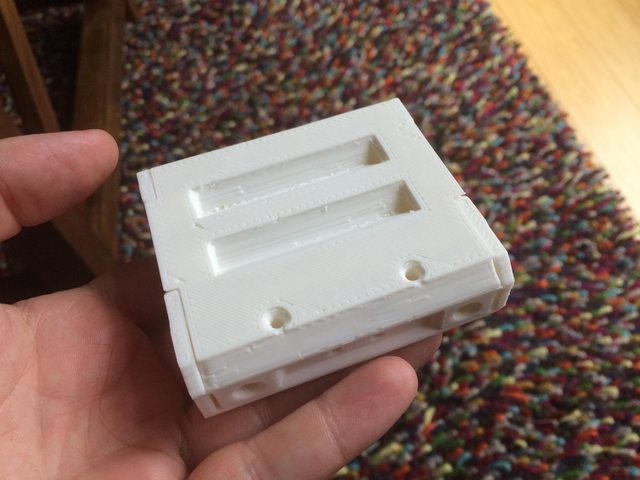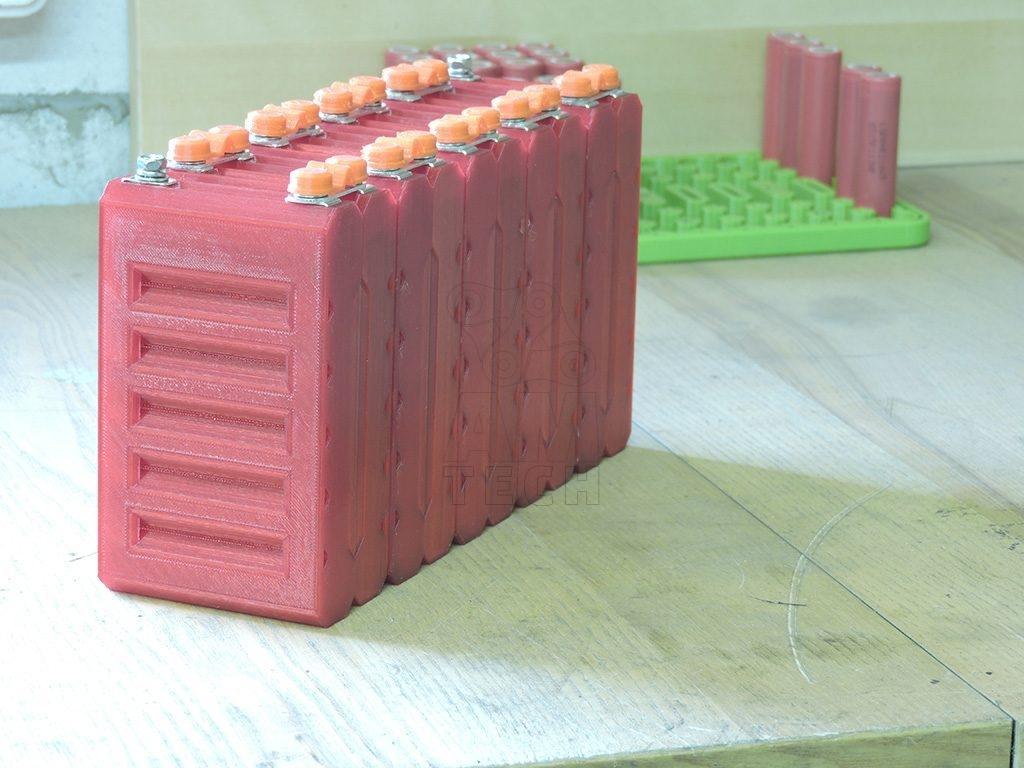macribs
10 MW
- Joined
- Jul 22, 2014
- Messages
- 3,702
agniusm said:helno said:Have you got some pictures of how it all goes together?
I will do a vid how to assemble one which should take around one minute. I am building 20s6p pack of these modules and the last enclosure is printing as I type.
Modules could be assembled with zip ties if you prefer quick and dirty, using SS straps (like A123) and double sided tape or placed in an enclosure.
Did you make the assembly video yet?





